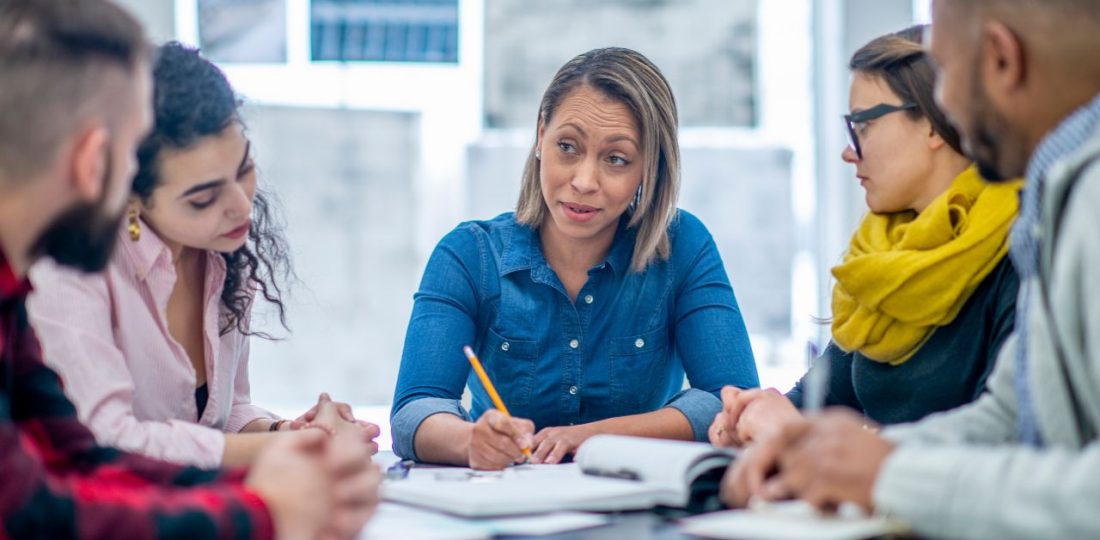Transforming an idea into an asset is the key to creating valuable intellectual property.
Entrepreneurs dream of business ventures that would change their lives, impact lots of people, and bring in the big bucks. Finding the right venture is a combination of understanding the market’s needs, conceptualizing an innovative solution, and being able to develop that idea into a viable product or service.
Most are great at dreaming.
Few can identify the market needs.
The challenge lies in turning that innovative idea into a value-generating asset.
Turning an Idea into an Asset
The Oxford dictionary defines an idea as a thought or suggestion as to a possible course of action.
In comparison, Oxford defines an asset as an item of property owned by a person or company, regarded as having value and available to meet debts, commitments, or legacies.
In other words, an asset must have value, can be owned, and is transferable.
Let’s break this down.
Assets have Value
Ideas must be executed and seen to hold value either through the benefits it creates or the problems it solves for customers.
Nikola Tesla conceptualized a low-cost, global wireless telecommunication system. Unfortunately, that idea was neither beneficial nor problem-solving in 1890. Trapped in the stage of conception, the world was unable to benefit from his intellectual creation. Why? Because he did not execute it.
Had he created the infrastructure for the internet, a valuable asset would have existed since then…
Assets can be Owned
Owning an asset means that you are legally entitled to the direct and indirect benefits from the asset. It also means that you can consume, exchange, or sell the asset as you see fit.
In her best-selling book, Big Magic, Elizabeth Gilbert says that “ideas are driven by a single impulse: to be made manifest.” She suggests that when you don’t act upon and make manifest your ideas, they are given to someone else.
This interesting concept drives home the point – ideas cannot be owned. Assets, however, can be.
Assets are Transferable
If an asset has value and can be owned, then that value and ownership should also be transferable. Transferability means that either the asset itself or the value derived from the asset can be given to someone else. Business owners can do this via sale or through partnerships that allow all parties to benefit from the asset’s value.
Value in this instance does not only pertain to financial viability but also legacy. This is what people will remember both owner and asset for. Names are an excellent example of an asset created as a result of someone’s legacy. For instance, when fashion brands engage celebrities for endorsements, it is the celebrity’s Name that commands goodwill to buy into the product or service.
When Nike signed Michael Jordan in an endorsement deal, the odds seemed stacked against them.
Adidas was earning 50% more revenue than Nike, and Converse was the shoe of choice among many basketball players at the time.
But Michael Jordan was at the top of his game.
Forbes reports that Jordan’s endorsement transformed Nike’s performance and position within the sneaker industry. His first release earned the company USD 100 million in its first year and in 2019 its share of the performance basketball market was 86%. To date, Nike’s revenue earning has also surpassed Adidas’ by 43 times what it was before it partnered with Jordan.
Michael Jordan’s name and legacy are powerful assets that helped transform Nike into one of the most valuable consumer brands in the world.
Creating intellectual property: Formalizing and packaging the assets
After creating an asset, the next step is formalizing and packaging the asset into intellectual property.
Think beyond value, ownership, and transferability.
“An asset is anything that still has value even if your entire senior team disappears.”
In business, your pitch decks, business plans, recorded videos, written guides, and manuals can all continue to bring value in your absence. These are some of the items you may want to formalize and package using intellectual property protections.
Your formal copyrights (for creative works), registered trademarks (for brands), patents (for technology & innovation), and trade secrets (processes / recipes / internal workflows that allow you to deliver your product or service in a manner that is faster, better, and/or cheaper than your competitors) are all forms of intellectual property. Trade secrets are not as easy to protect because registering them means disclosing them. However, protection can be sought via non-disclosure agreements and non-competes.
There are other intangible assets you should consider.
Customer relationships that are personal to the business and not limited to the owner can also add value and earn profits for your company.
When an investor considers purchasing your business these intangible assets are the most valuable component of your valuation. Intellectual property protection is viewed as a means of protecting their investment.
Adding Value through Partnerships
Partnerships enhance the value of your brand by allowing parties to advance their mutual interests together. Collaboration is the vehicle that will take your business to the next level. There is someone out there with the required tools and skills that you need to scale your business.
Find them.
Access to the right distribution, brand, and complementary product suite can amplify your dream.
In addition to Jordan and Nike, another great example of a successful partnership is the collaboration between Rihanna and LVMH (LVMH Moët Hennessy Louis Vuitton).
Rihanna was already a widely successful recording artist before the launch of her Fenty Beauty products. She had previously worked with top brands such as Armani, River Island, Puma, Stance, Manolo Blahnik, Dior, and Chopard. However, it was this 2016 collaboration with LVMH that elevated her to billionaire status.
While her net worth is now $1.7 billion, $1.4 billion of this is due to Fenty.
Her star power and name (asset), LVMH’s support and distribution network (asset), and innovative product line (asset) increased the overall value of all involved partners.
Other noteworthy partnerships include Kanye West and Adidas, as well as George Foreman and Salton Electric Grills. These partnerships were major successes that substantially increased the value of the respective personal and business brands.
How to transform your ideas into assets
We are all unique. We all have problems we are great at fixing and experiences that are special to us.
Think about your personal and professional achievements.
Now, consider your ideas in the context of your experience.
Ask yourself the questions, who should your target audience or customers be? Who can you create the most amount of value for? Who do you most enjoy working with? What clients do you already have access to? Who is willing and able to pay a premium for your goods or services?
Whom can you collaborate with to serve these customers?
Once you’ve created your intellectual product and sought the necessary protections, you can then focus on enhancing value. Your goal at this point should be to build as many assets as you can or an ecosystem of assets within your business.
Dream it, think it, strategize, and innovate, but be sure not to stop there.
Conceptualize, create, protect, and then seek to add value.
Remember – ideas don’t have value, assets do.
Unlock the Secrets to Building a Valuable and Investible Business with the VALUED Scorecard at kevinvalue.com/scorecard


